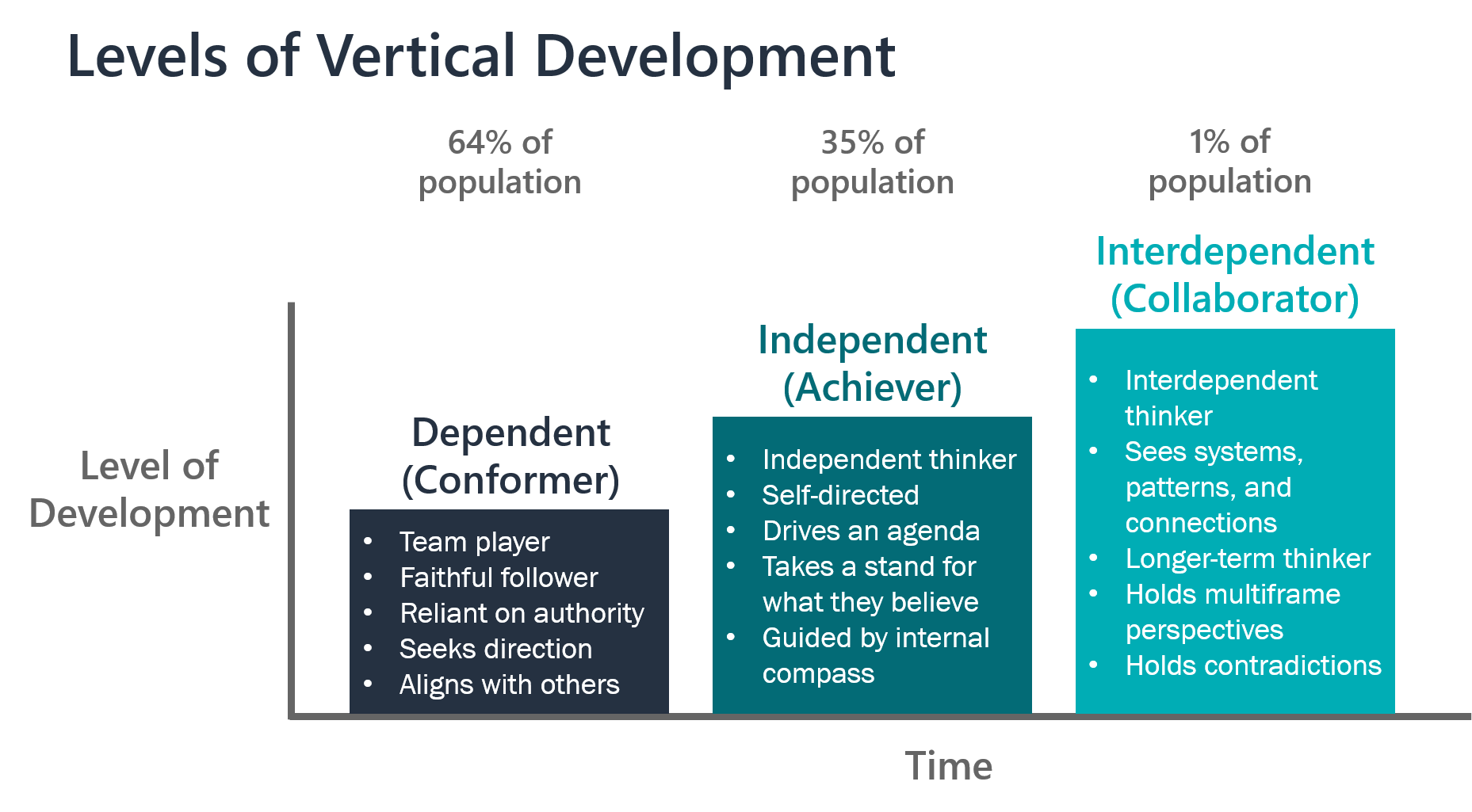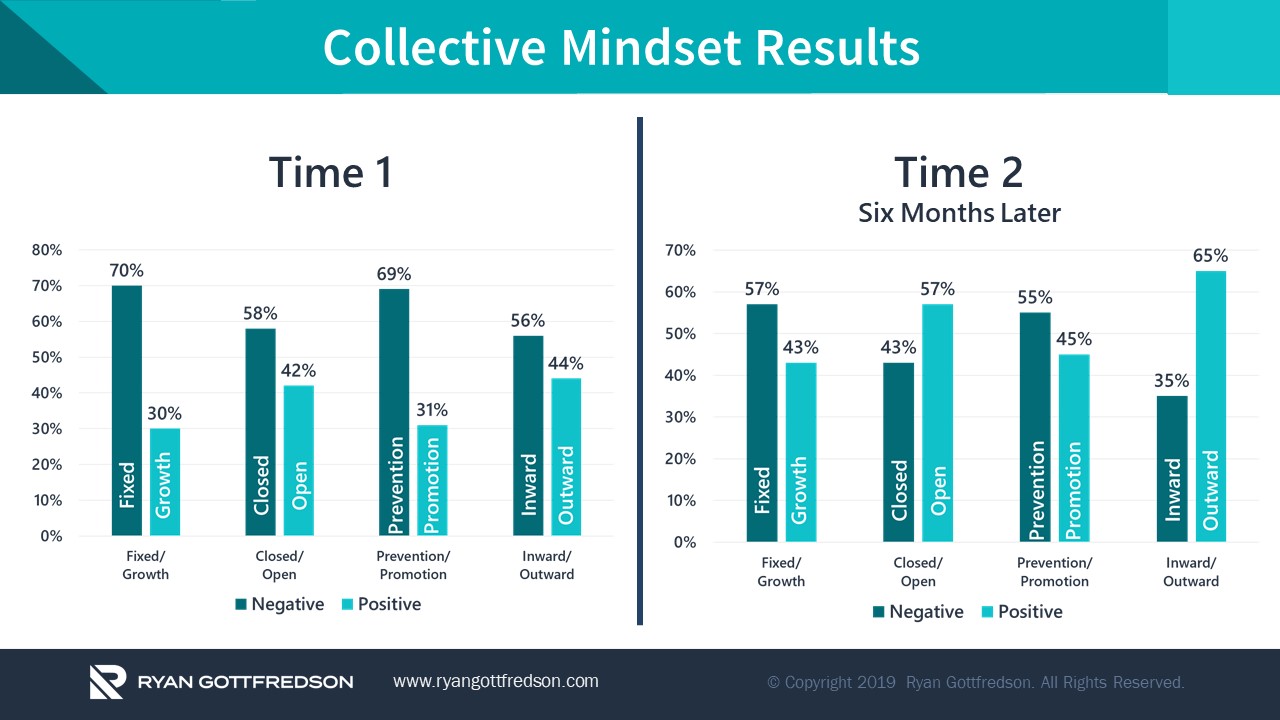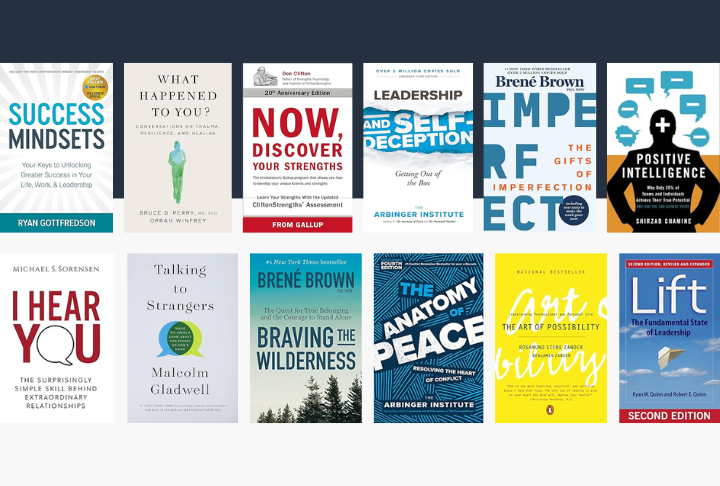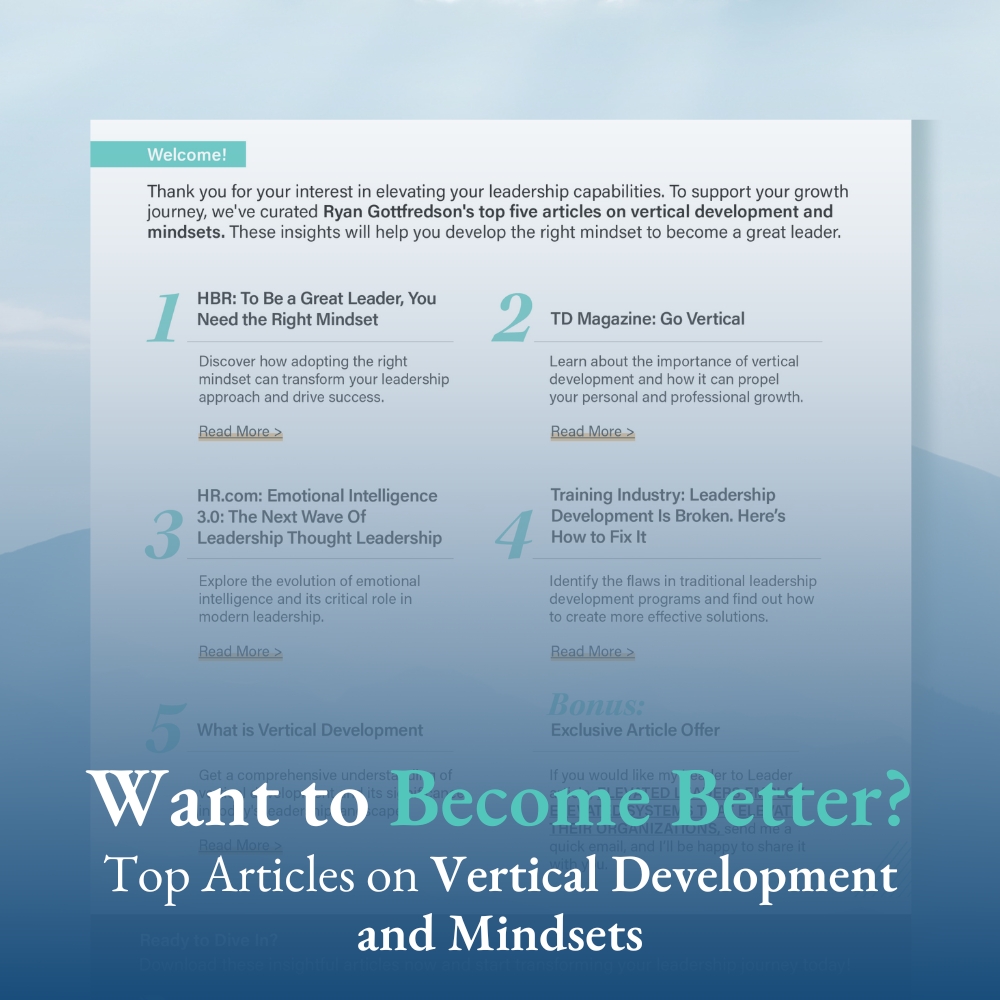71% of organizations do not feel their leaders are able to lead their organization into the future
Why is this? It is because organizations do not feel like their leaders are vertically developed enough to navigate the complexities of leadership in an uncertain and ever-changing marketplace.
There are two forms of leadership development: horizontal development and vertical development.
Horizontal development involves helping leaders add more knowledge, skills, and competencies. This is like adding an app onto an iPad. It increases the breadth of its operation. But, it doesn’t necessarily improve the operating power of the iPad. This form of development is focused on enabling a leader to do more.

Vertical development involves helping leaders elevate their thinking capabilities to better navigate complex and uncertain environments. This is like upgrading the operating system of the iPad. It improves the overall functionality of the device. This form of development is focused on enabling a leader to be better.

When you compare these two forms of leadership development:
- Which is easier?
- Which is most commonly focused on when developing leaders? (it has been suggested that 95% of leadership development focuses on horizontal development)
- Which is going to help leaders successfully navigate the increasingly complex and uncertain world that we live in?
The reality is that vertically developed leaders are rare. But, when leaders are vertically developed, that is a huge competitive advantage for the organizations that they lead.
Thus, the question becomes: How do we help leaders vertically develop?
Stages of Adult Development
I want to answer that question. But first, it is critical to understand the difference between child and adult development as well as the stages of adult development.
Child development is largely a function of age. Unless severely impaired, children, and their brains, naturally mature and develop as they get older. This is quite automatic.
Adult development is not a function of age. Once our brain matures, our development becomes a function of effort. It will only happen if we seek it out.
One of the leading researchers on adult development, Robert Kegan, has identified three primary stages of adult development and roughly what percent of adults are in each stage:

Understanding this, we are now ready to dive into how we help leaders move from the dependent level to the independent level and then from the independent level to the interdependent level.
Elevating Leaders through Vertical Development
Necessary, but Not Sufficient, Condition
Experts on vertical development agree that there is a necessary, but not sufficient, condition for vertical development. It is that the individual needs to go through a heat experience.

Heat experiences are situations or events that disrupt the individual’s habitual way of seeing, processing, and operating in their world and invites the individual to open their mind to seeing, processing, and operating in a more effective fashion.
But, this is not a sufficient condition for two reasons. First, individuals do not commonly open their minds to seeing, processing, and operating as the result of the heat experience. Second, it seems just as common for an individual to respond to the heat experience by shifting their seeing, processing, and operation in a negative way rather than a more positive and interdependent way.
For example, I was recently speaking to a CEO, and he said that earlier in his career he took a big risk and it blew up in his face. As a result, he has become vehemently against taking risks and is consistently seeking to play it safe.
The Key to Vertical Development
Foundationally, elevations in vertical development from one stage to the next requires complete paradigm shifts.
For example, one of the most difficult transitions that professionals have to make in their careers is the transition from independent contributor to manager. It takes a certain mentality to succeed as an independent contributor. But, it takes an incredibly different paradigm to succeed as a manager.
Recognizing this, if we want our leaders to vertically develop, it is essential that we focus on the mechanisms about themselves that govern how they see, process, and operate: their mindsets.
Our mindsets are our mental lenses that dictate how we see and interpret our world. And, how we see and interpret our world dictates how we process and operate in our world.
(If you want to learn more about mindsets, see these articles (1, 2, 3), read this book, or take this free personal mindset assessment).
Thus, to help leaders vertically develop, we need to help them awaken to their current mindsets and invite them to shift their mindsets to a more elevated perspective.
Here is a framework that I have been playing around with that demonstrates this:

(Thank you, Bret Crane, for iterating on this)
Success Story
There is an organization that I have been working with, and when I first started working with them, we had their employees take my mindset assessment to get the baseline for the quality of their mindsets. Then, six months later, we reassessed their mindsets.
Between time 1 and time 2, the organization and I only did three things to help employees shift their mindsets:
- First, upon taking the mindset assessment, they were given an individualized and comprehensive report explaining what mindsets were, what mindsets they had, and how they could go about improving their mindsets.
- Second, I conducted an organization-wide webinar introducing employees to the topic of mindsets, helping them understand the topic and the four different sets of mindsets more fully
- Third, the organization invited its employees to read my book and they held a series of book clubs
I wouldn’t call any of these efforts substantial. They were largely meant to help employees awaken to their mindsets.
Here are the mindset results across the two time periods:

For rather unsubstantial efforts, these are rather substantial shifts. To me, this demonstrates the power of just helping employees become aware of their mindsets and better mindsets to have.
Want to Do Some Vertical Development Work in Your Organization?
I would be honored to connect with you to discuss how to do vertical development work in your organization. You can grab a time on my calendar here: Connect with Ryan










